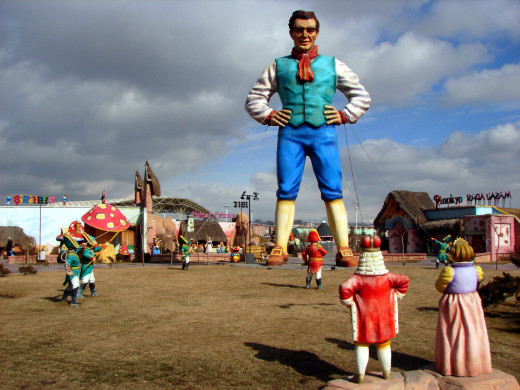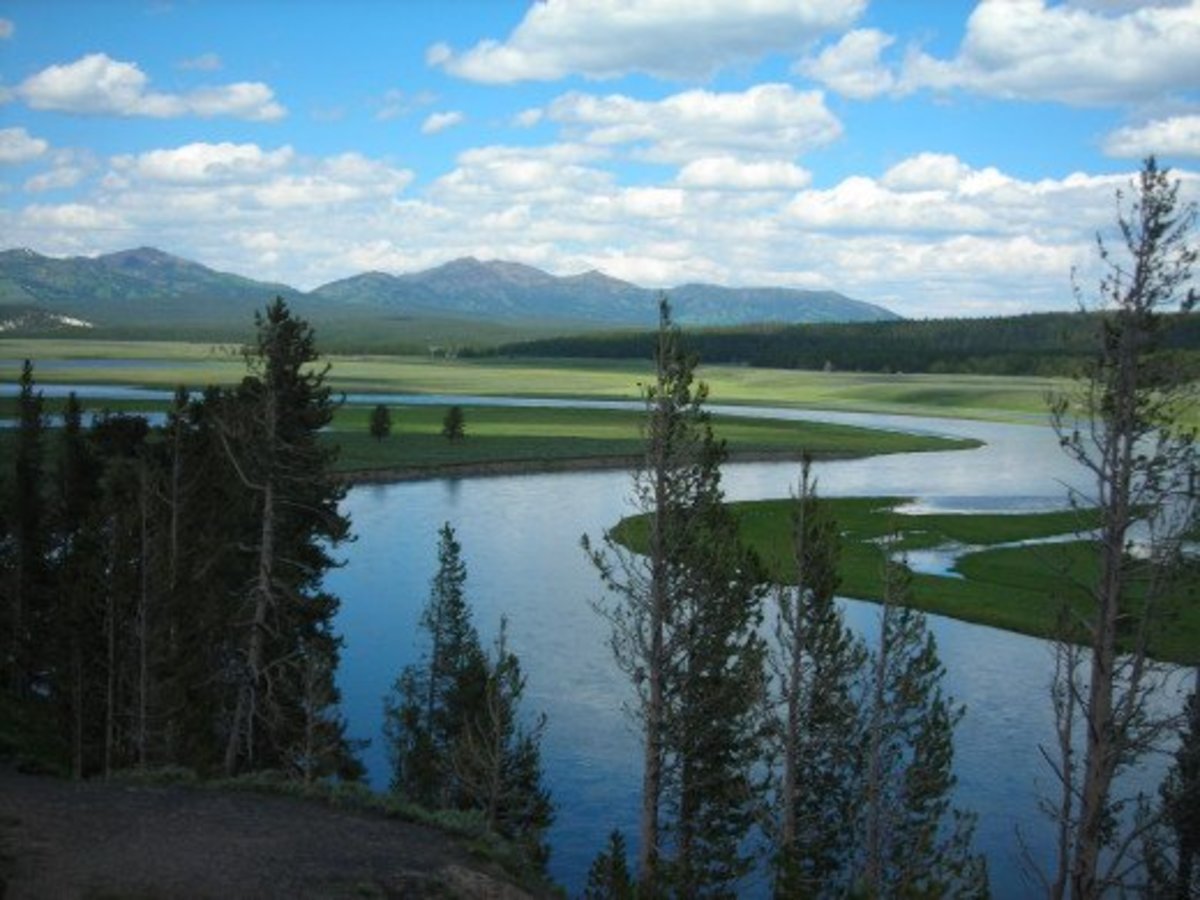- HubPages»
- Books, Literature, and Writing»
- Commercial & Creative Writing»
- Creative Writing
Fight with A Monkey and Two More Stories and Interesting Facts on Flash Fiction

Fight with A Monkey- Flash Fiction Story
As he walked down the stairs, his wife accompanied him and they engaged in pleasant conversation. Suddenly, a monkey appeared, sitting on the staircase railings at a U-turn, ready to attack them. He summoned all his courage and delivered a heavy punch to its face with full force. The monkey became bewildered, stared into his eyes, and then retreated.
What is Flash Fiction? The Meaning and Significance
Come up with some exciting real-life incidents that could require immediate action or decision-making. Weave a story in a few sentences to narrate how the protagonist reacts. You may perhaps get inspired by my ideas of a dream where a woman is flying away from her home, a fight with a monkey, or a boy hanging down beneath a railway bridge to save himself from being hit by a train.
Create a brief story around similar ideas, keeping in mind that the goal is to write "Flash Fiction" - the telling of an incident in an engaging way that appeals to the senses and the mind of your audience using only a few sentences or phrases. You don't need to tell the full story. Leave some details for the readers to interpret on their own.
Flight from Home- A Flash Fiction Story
She was walking briskly with despair on that hot summer day. An auto stops. She climbs into it and reaches an isolated deserted temple in that haunting midday and sits in a corner weeping at her fate undecided about what to do. A stranger approaches and asks her to come with him. She panics with his sudden presence. Meanwhile, she opens her eyes to find where she is.

Clinging Down to the Railway Track- Another Flash Fiction story
It was a summer holiday and the boys were enjoying a walk on the railway track to reach their destination quickly. Suddenly, a train horn sounds from behind and they run for safety. One of them was not fast enough and the train approached nearer. In a fraction of a second, he hangs himself down to the cemented portion of the bridge, clinging downwards above the water of a canal beneath it. The train passes while he is still gasping with horror.
The Railway Track Bridge Over Water Canal

Cast your Votes
Which of the three stories you liked most?
How to Generate Flash Fiction Story Ideas
Below is a video that provides ample hints for generating a story employing creative ideas and descriptive words that tell much in very few words. The story should have a main character, a place, a plot, or a situation that creates excitement and conflict in the mind needing quick decisions or awakening. You can see in the above stories how the main character faced unexpected confrontations with the monkey, or frightening situations of an approaching train while he was still crossing the bridge. The spontaneous reactions in his behavior that resulted in his actions tell the story. The result is based upon the actions of the person tackling the situation or the reader interpreting the story.
Facts About Flash Fiction Writing
- Flash Fiction stories are considered to be of a length of up to 300 words by some writers, whereas others consider even a 1000-word story as flash fiction.
- Flash fiction stories are further categorized as small flash-fiction, micro-fiction, short-short stories, very-small stories, palm-sized stories, sudden fiction, postcard fiction, etc.
- Whatever the length, the main purpose of flash fiction is to tell a story in as few words as possible.
- The whole story should be read within a few minutes, say even in a minute or two. That should be its length.
- The story should contain a character, a plot, or an incident, and a sudden twist at the end.
- Many writers have even tried micro-micro stories of as few words as 6-word stories, 12-word ones, and 18-word ones.
A Famous Six Word Story
"For Sale: baby shoes, never worn."
- This story is supposed to be written by Ernest Hemingway.
Even a Picture Tells You a Short Story

Famous Story Tellers of Flash Fiction & Short Stories
- Aesop of "Aesop's Fables" who was a slave and storyteller in ancient Greece before 6th century BCE.
- Japanese Zen teacher Muju of "Zen Koans" or Zen parables, written in the Japanese language during the 13th century and later translated into English in the 20th century.
- Ernest Hemingway
- Lydia Davis
- O.Henry
- Chris Red Martiny
- Arthur C.Clarke
- Merrilee Faber
- David Joseph
- R.Gatwood
- B.Mistoda
- Joyce Carol Oates
- Ray Bradbury
- John Cage
- Shruti Parthasarathy
One Sentence Story- "Tomorrow"
"I go through everything in the house, sifting through drawers, books, clothes, collecting regret; tomorrow I'll decide if I should burn the pile or not."
- By Shruti Parthasarathy
Getting Ideas and Tips on How to Write A Story
- Writers get ideas from observations, incidents, imaginations, and creativity.
- They observe everything with an eye of how to utilize and plant it in their story.
- You can watch nature, trees, plants, sky, sea, waterfalls, caves, valleys, mountains, clouds, rains, sunrise, sunset, people, their actions, habits, clothes, eating styles, culture, or animals and their behavior, or places, events, or any thing that can be the background for your story.
- Create a plot, run the story, introduce characters, create incidents, give twists, and hook your readers all through, emotionally and excitingly, tied up with the characters. And then, end the story abruptly with some positive or negative result that leaves the readers wondering about it.
This content is accurate and true to the best of the author’s knowledge and is not meant to substitute for formal and individualized advice from a qualified professional.



